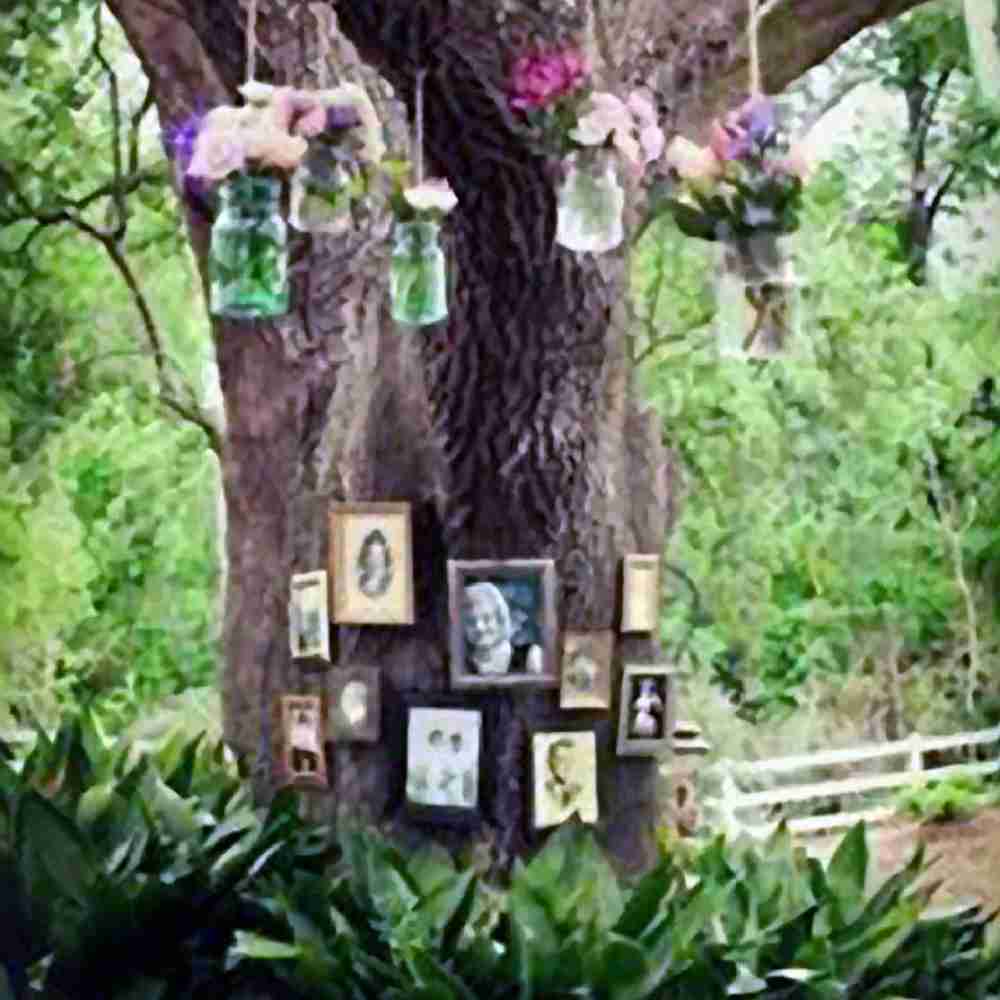End-of-life celebration

In her novel The Poisonwood Bible, Barbara Kingsolver writes “To live is to be marked. To live is to change, to acquire the words of a story, and that is the only celebration we mortals really know.” More and more people these days are rejecting the traditional funeral format to mark the end of someone’s life, replacing eulogies, prayers and hymns with a joyful remembering and celebration of the dead person’s life and achievements. While a funeral tends to have more to do with the orderly, conventional and often spiritually-defined, a celebration of life is more concerned with telling the story of the deceased, a time for people to come together to celebrate their loved one’s uniqueness and significance rather than merely to acknowledge and mark a death.
Of course there is nothing to prevent you having both a funeral and a celebration of life event; you might also want to include some sort of memorial service if the person who has died was well-known or had a variety of social circles.
In a celebration of life there is much more opportunity for creativity and variety than with a traditional funeral, and since celebrations of life are commonly held after the individual’s physical remains have been cared for through burial or cremation, there is more time available to plan the event. This allows you to make better decisions about how you’d like to celebrate the life of someone you dearly loved. And you can include anything you feel is appropriate and celebratory in such an event; there are plenty of ideas and examples to be found online, some of which are included in the resources. Let your imagination fly with the memory of the one being celebrated!


